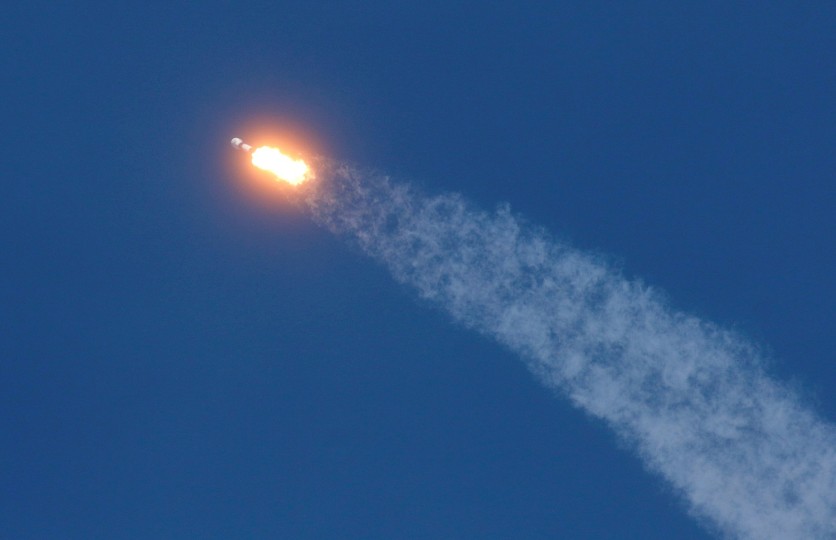SpaceX's Starship fired up its engine the first time, and its CEO Elon Musk confirmed it had passed the fire test.
This happened in just less than a week after receiving the $135 million funding from NASA to develop the next lander that will be used for human's return to the moon in 2024. SpaceX is redeveloping Starship as Lunar Lander, which would carry cargo and crew to the moon and back.

Along with SpaceX are Jeff Bezos' Blue Origin and Dynetics, a subsidiary of Leidosare, the other two companies that had been chosen by NASA to develop the landing component of the Artemis program. According to Tech Times, Blue Origin got $579 million while Dynetics had $253 million.
Among the three, Starship is the only one actively testing full-scale prototypes. Starship SN4 has successfully fired up its engine on Tuesday evening, which is a key moment for the spacecraft's development. The spacecraft was named as such because it is the fourth full-size prototype created to pass a test of its Raptor engine firing while installed on the test stand.
Previously, SN4 passed a crucial low-temperature pressure test designed to emulate conditions in space. It seems ready to take on the next phase to have a short flight display.
The Test Fire
The test-fire occurred late Tuesday night in Texas, where SpaceX is developing Starship at its facilities in Boca Chica. On this SN4 Starship prototype, one Raptor is mounted, which is fewer than the six engines that the spacecraft will eventually need on its full operational status.
SpaceX will be adding more as it continues to test and develop the vehicle. However, for the rehearsal, it will require at least another one planned to demonstrate about 500-feet controlled flight, which is similar to the one achieved by the sub-scale Starhopper test last August.
Starhopper aims to test the Raptor engine's basic plumbing. The test also intends to see if it could control its flight for a safe ascent and descent. During the test, the vehicle made a hard landing, but it survived the test, so SpaceX moved on to build a full-scale prototype of Starship.
Since November 2019, SpaceX already lost three full-scale Starship prototypes while going through cryogenic and pressure tests. The most recent one was on April 3.
Starship SN4 is the first to survive pressure testing as well as the critical phase of firing up at liftoff pressures. This is a rigid test because of super-chilled fuels at high pressure, which is then safely shut down.
Meanwhile, SpaceX has been completing the required permits and clearances to execute it for a few weeks now. Upon successful completion of the test flight, SpaceX is also already developing the next concept of its Starship prototype, which will be outfitted with three Raptor engines and perform a higher altitude flight, which will pave the way for its first orbital demo, which the company still aims to achieve later this year.
Considering the investment SpaceX has put on the vehicle and how it hopes to eventually use it to replace both its Falcon 9 and Falcon Heavy launchers for all mission activities, the stakes are high.
ⓒ 2025 TECHTIMES.com All rights reserved. Do not reproduce without permission.




